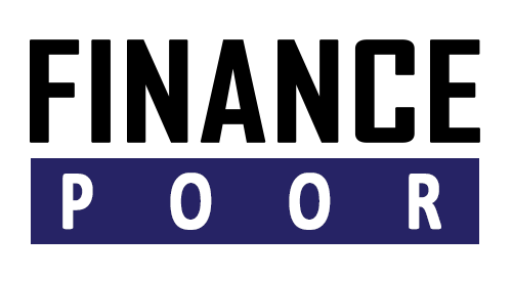Businesses must be looking for firms that can help them plan for the future and adapt to complex and turbulent business environments. The first step to understanding business planning is understanding what a disruption is. For firms that face complex and turbulent business environments, “disruption” can be defined as sudden or drastic change to the business environment that makes the process of carrying out the business difficult or impossible. In some cases, a change in the market conditions may lead to a decline in profits, a decrease in customer base, or increased customer dissatisfaction. A disruption in an organization is therefore a change that substantially affects the entire organization.
For firms that are organizations, there are two types of disturbances: known as negative and unknown. A disruption in an organization can be considered negative if it results from the inability of the organization to effectively carry out its core responsibilities. On the other hand, disruption is referred to as unknown if it occurs due to the effects of external factors or outside influences that significantly affect the performance of an organization. The analysis of disruption is important for businesses facing complex and turbulent business environments because effective and stable management requires accurate anticipation of uncertainties.
According to many business development experts, the best remedial measure against disruption is to implement a business growth management technique. This technique requires the creation of a plan or action that will address the problems facing an organization. Based on this plan, all necessary steps should be taken to minimize the risks associated with unexpected change. This is how a disruption can be prevented.
Most firms that face abrupt change usually adapt a disruptive techniques. An example of this might be the adoption of a company growth strategy. A company growth strategy is a blueprint that outlines the strategies that a firm will follow when facing change. For instance, when facing competition, firms can adopt a marketing and sales strategy that works best for them. In addition to this, firms can also develop a productivity strategy that ensures increased productivity regardless of the state of the economy. The overall impact of the technique however, depends on the effectiveness of the business development strategy followed by a firm.
Some firms however, are not able to implement a productivity-driven organization growth strategy. This means that firms may adopt the strategy but are unable to improve productivity despite the adoption of the same strategy. Instead, such firms must adapt to the requirement that productivity should be improved no matter what economic environment. This is why some companies fail to meet their targets for product quality or meet their deadlines. The lack of a strong business development or organization development strategy therefore causes such problems and these hinder firms from meeting their objectives.
In order for businesses to avoid the pitfalls mentioned above, firms must ensure that they have a good, cost effective business development strategy that is able to implement productivity-driven strategies. A firm that does not have a business development plan is like a traveler with no destination in sight. No matter how much a firm may strive, it would still fail to meet its goals because it has no direction. On the other hand, a business development plan enables a firm to identify the factors that affect its bottom line, and then develop strategies that address these issues.

